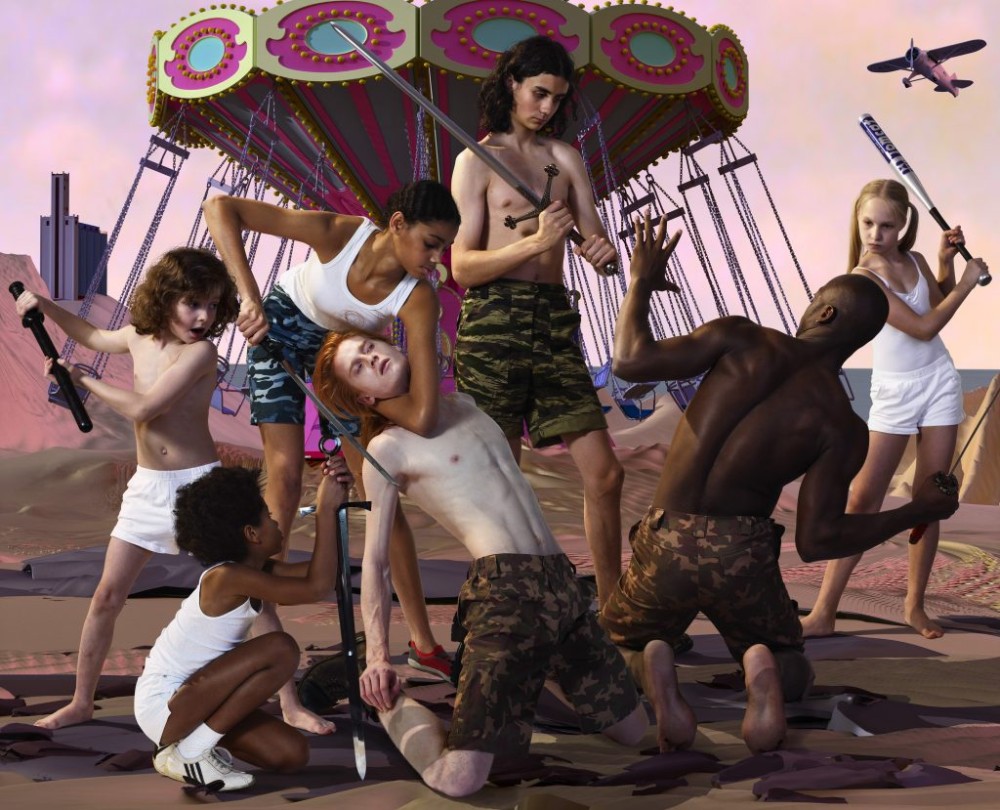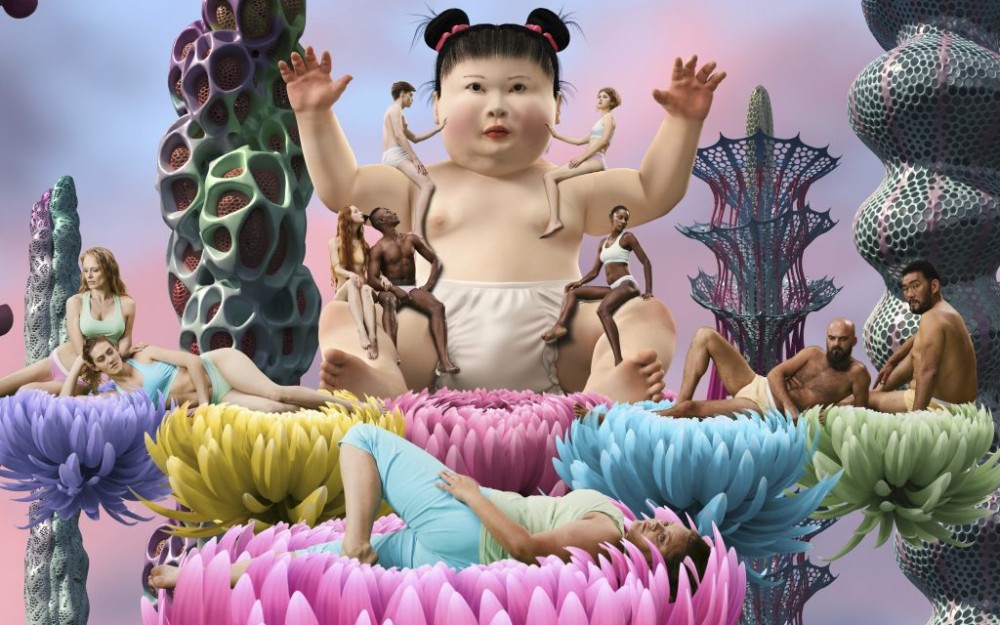Interview: AES+F director Antony Svyatsky blurs the lines of arts
Jul 21, 2022
Working as a quartet for almost 30 years, Russian collective AES+F has achieved worldwide recognition for their boundary-breaking art that draws on everything from Hollywood cinema to video games to Caravaggio. Studio director Antony Svyatsky talks to Stephenie Gee about their creative process

Taking the first letters of their surnames, Tatiana Arzamasova, Lev Evzovich and Evgeny Svyatsky came together in the late ’80s to form AES, marking the start of their journey in contemporary art. “It was a very interesting time,” says Anton Svyatsky – the son of Evgeny Svyatsky, who helps to manage the studio and the artists’ careers – on behalf of the quartet. “The world had changed very quickly – borders opened, all the contexts changed, the Soviet Union was over and we united into a collective to interpret the new realities of the brave new world.”
In 1995, as the trio began dabbling in different forms of photography and exploring the aesthetics of advertisement and media, they were joined by Vladimir Fridkes – who until then had worked as an independent fashion photographer – to form the collective we know today as AES+F.
Working as a collaborative team is an exceptional feat in the art world, let alone for more than three decades. But while, for most, managing contradictory or conflicting ideas can be a painful challenge, AES+F sees this as something valuable that can turn into a positive and creative phenomenon.

“At the first stage of conceptualising each project, we all have very different opinions and ideas,” says Svyatsky on their creative process as a group. “They are discussed for a long time until a consensus is reached about the main themes.
“We sometimes have conflicting ideas but that is healthy because everything goes through intense scrutiny before it is synthesised into a strong viewpoint that everyone agrees on. During the production process, we assign tasks based on our expertise and do not have disagreements.”
The result? Award-winning works that build dramatic narratives through weaving photography, video art, animation and other theatrical mediums, whilst blurring the lines between East and West, modern and classic, and the opulent and the humble.
Also see: Jeff Koons’ 250-hour hand paintwork for BMW
Your work is influenced by Baroque – what about the style interested you and how did you develop your aesthetic?
Contemporary media in its excessiveness and exaggerated emphasis on the visual is similar to the Baroque. When we were doing the project Last Riot, we noticed that the scenes in Baroque paintings depicting historic battles are similar to the scenes in contemporary video games. Since our practice is rooted in analysis and critique of contemporary media, referencing the aesthetics and themes of the Baroque seems very organic to us.
In your pieces, we often see multiple subjects from different cultures and eras – why is that and what would be an overarching theme that ties all your work together? Is there a message you’re trying to communicate?
We think that contemporary visual culture, as exemplified in video games, TV series, films, etc, is a kind of soup combining all times and cultures. Contemporary people consume the fragments of these times and cultures and synthesise them on their own level. In that sense, we began to occupy all times and spaces simultaneously, processed by and through the prism of contemporary visual or media culture. What brings all of our work together are formulaic, archetypal narratives that are prevalent across all eras and cultures. They represent one of our main interests, forming one of the overarching questions that we are posing in our work. That is, despite the technological advancement of our civilisation, how different are we psychologically from the people who lived in antiquity?

What are the most common responses you get from people when they see your work?
We get many responses on different levels, from viewers who simply get aesthetic satisfaction from looking at the surface to those who dive deeper and find the social critique in our work. We call our method social psychoanalysis partly because the ideal viewer is one that gains access to their own subconscious through our work.
Where do you get your inspiration?
From a very wide range of sources. A small sample would be literature (Homer, Michel Tournier, Michel Houellebecq, Petronius), film (Pier Paolo Pasolini, Bong Joon-ho), TV series, geopolitics, video games, old masters (Donatello, Caravaggio, Bellini, the Mannerists), ancient frescoes, contemporary non-fiction (Francis Fukuyama, Yuval Noah Harari, etc).

What would you say was your breakthrough moment?
The Islamic Project gained a prophetic quality after 9/11. Last Riot at the Russian Pavilion at the 2007 Venice Biennale was a sensation. The most recent moment was the premiere of our opera Turandot in 2019 in Palermo, at the Teatro Massimo.
Also see: Interview: Derry Ainsworth translates city adventures into local NFT art





























